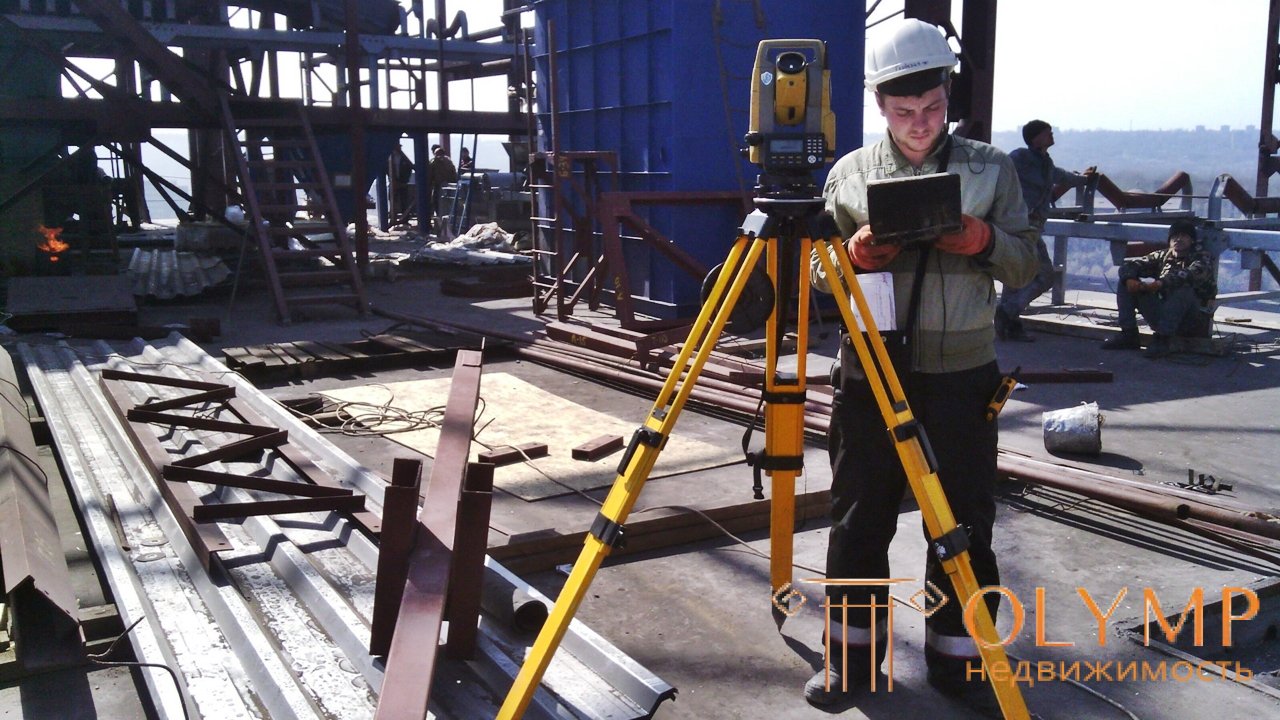
In the course of construction, when engineering and geological surveys have been carried out and a report has been drawn up, including all materials for substantiating the design of buildings and structures, many more questions arise that cannot be answered without making long-term (stationary) observations and which therefore cannot be addressed in design process. These issues include: the establishment of values of precipitation of buildings and structures, caused by their load on the ground under conditions of a modified hydrodynamic regime of groundwater (watering, increase in humidity, fluctuations in water level, etc.); establishing the stability of artificial slopes and natural slopes, the intensity of erosion, quantitative indicators of soil subsidence at the base of buildings and structures (particularly canals and pressure basins) and the spread of subsidence processes in horizontal and vertical directions from the centers of buildings and structures; determining the speed of movement of debris, kurums, snow accumulations (forming recurring avalanches), debris and mudslides, as well as the speed of displacement of solifluction earth masses; the establishment of indicators of the magnitude of modern tectonic movements, especially at the base of structures sensitive to such movements; determination of the process of salt dissolution (rock salt, gypsum) at the dam foundation, occurring as a result of filtering water from the upstream to the lower (under specific hydraulic conditions of the facility), speed and size of the processing zone of the banks of reservoirs and large canals, determining the extent to which the coastal slopes of the river spread valleys after creating the reservoir.
In various natural conditions and, accordingly, the specific working conditions of buildings and structures, the above mentioned and other similar processes and phenomena for which it was impossible to obtain detailed explanations in the production of engineering-geological surveys can be very important both in the work of the buildings and structures and in the changes of geological environment caused by them. From this point of view, these changes are negative, therefore, engineering and geological observations during the construction process and in the post-construction period should be carried out with particular attention and be considered as an essential element of the construction and operation of the constructed structure.
Observations, both for preventive and constructive purposes, are performed by various means of observation. So, for observations of dam sediments, stationary precision leveling is performed, i.e. they use geodesic methods, and, in addition, special devices are installed on the dam that mark the amount of precipitation. In areas that cause doubts in their stability, a bench mark is laid, and then the phototheodolite survey establishes their displacement in the horizontal and vertical directions.
When designing irrigation systems to study the regime of groundwater (natural fluctuations of the water mirror, chemical and mineralogical composition and temperature) lay mode wells equipped with filters, and observations are conducted for at least one year. According to the observations for each season, maps of hydro-iso-gypsum and maps of the depth of groundwater make up. On these maps map the salinity and chemical composition of groundwater. As a result, regime observations reflect, by comparison of seasonal maps, the total hydraulic and salt dynamics of groundwater during the hydrological year. According to the hydrodynamic characteristics of the study area, in its individual sections, observations are made on changes in the soil moisture content in the aeration zone and fluctuations in the maximum limit of the capillary rise.
Seismic events are recorded at special seismic stations and therefore monitoring them are not included in the composition of the engineering-geological service.
The data of all observations in the post-construction period are accumulated, systematized and subjected to a thorough analysis, on the basis of which the operating services carry out appropriate protective construction activities.
It should be noted that the observations are part of the tasks of operation and should be provided for by the annual plans of the enterprise. Thus, engineering-geological research does not end in the process of drawing up a project, but continues during the construction and operation of buildings and structures. These studies boil down to observations of those processes and phenomena that arise as a result of the impact of buildings and structures on the geological environment and set it their task to identify those measures that are necessary to prevent its undesirable changes that can cause accidents and catastrophes and, moreover, worsen living conditions person
Thus, the observations in the post-construction period are a special type of research that can be considered as additional to the engineering-geological surveys cited earlier.
According to the results of observations, preventive measures are taken to ensure the temporary cessation, attenuation of the development of a threatening phenomenon, and constructive measures that eliminate the causes of the occurrence of phenomena. Preventive measures are based on the development mechanism of a phenomenon that reflects its dynamics, which makes it possible to prevent undesirable consequences by means of certain construction and technical means. To do this, protection zones are established in places of distribution of certain phenomena and, according to the nature of the geological phenomenon, restrictive rules for the use of the territory of the zone are regulated, for example, norms for deforestation, regulation of surface runoff, plowing of land, discharge of surface and industrial waters, pits and pits are established.
Prevention, as a result of field observations, is thus an event that prevents the occurrence and development of adverse geological phenomena. They are accompanied by various kinds of trial construction and technical measures (for example, testing of such means as drainage).
Constructive measures are based on observational data and prophylactic measures. Structurally, they can be a variety of underground and surface structures (mines, tunnels, tunnels, etc.), as well as very complex in nature structures such as retaining walls, anchoring, cementation of artificial compaction (for example, loess rocks), roasting, freezing of soils and others
Что бы оставить комментарий войдите
Комментарии (0)